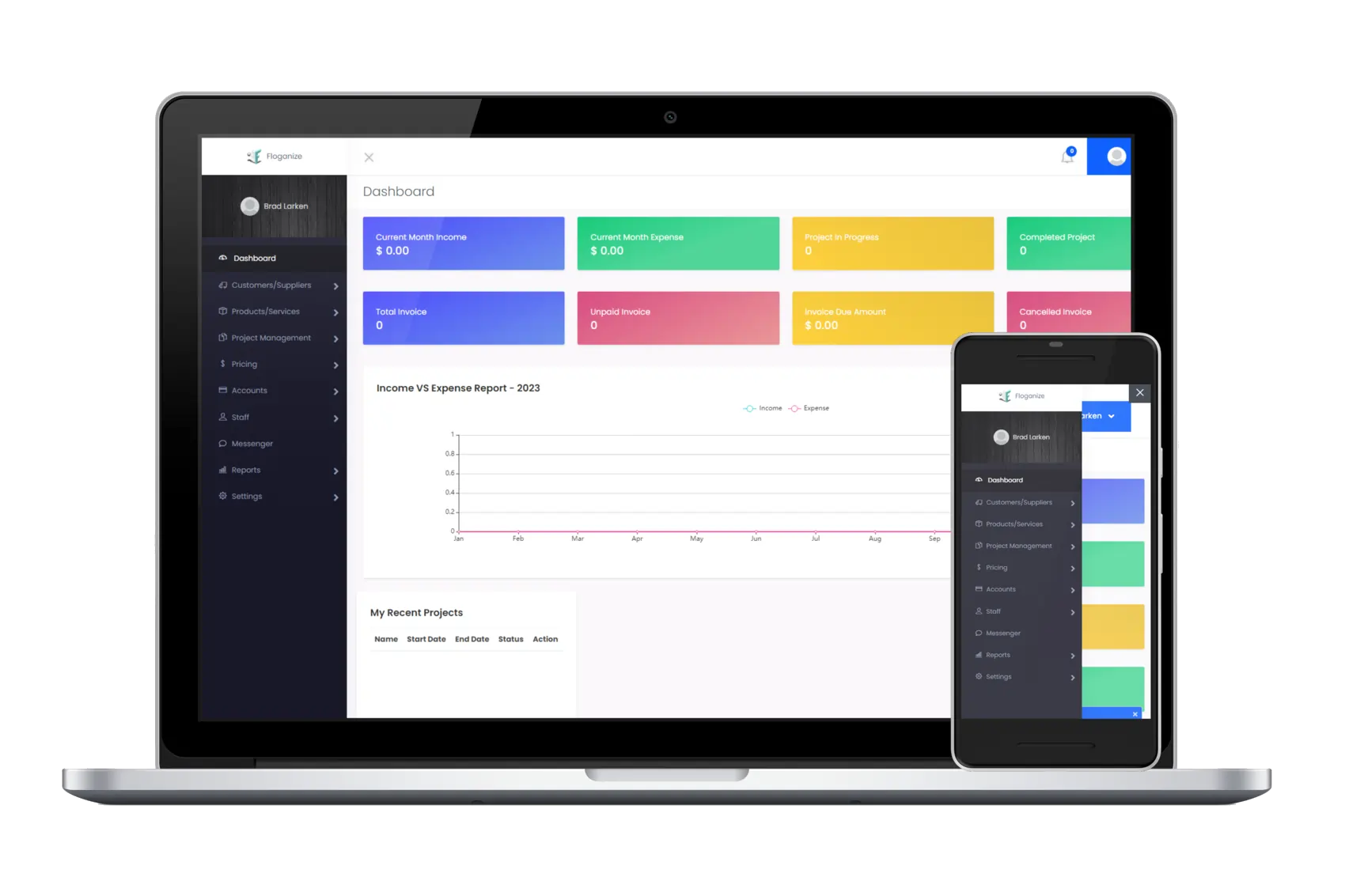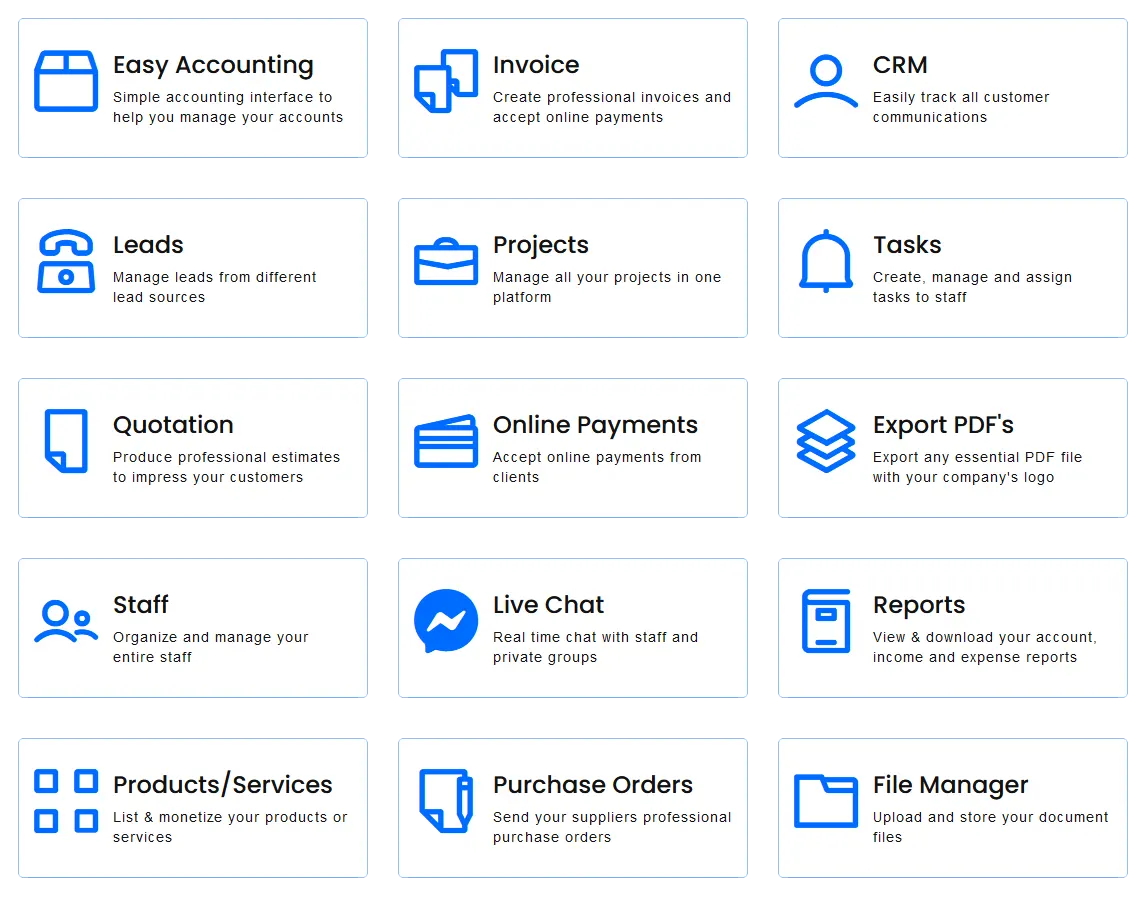How to Develop a Successful Business Strategy
An action plan outlining how a business intends to attain its intended goals is called a business strategy. It contains the company’s objectives, the strategies it will employ to attain them, and the materials it will require.
A sound business plan is crucial for a variety of reasons. First off, it can assist a business in concentrating its efforts and resources in directions that will have the biggest influence. Second, it can assist a business in maintaining a competitive edge and adapting to market changes. Third, a properly implemented strategy can raise a company’s profitability.
An effective business plan includes a number of essential elements. These consist of:
– Setting objectives
– A competitive advantage analysis
– Creating a strategy for action
– Monitoring your development
– Establish objective key results
Setting Objectives

You can create a strategy to achieve your goals by clearly defining them. What you want to do and how you plan to accomplish it must be extremely clear to you. In order to track your progress and make sure you are on track, your goals must also be measurable.
A Competitive Advantage Analysis
You should ask yourself the following four questions to identify your competitive advantage:
What skill do you possess that no one else does?
Having the greatest customer service or the most affordable prices may be your competitive advantage. Make sure you are the best at whatever it is you’re doing.
What do you and your business do that no one else does?
Another possibility for your competitive advantage is something that only you own. You might have a patented product or a special sales strategy. Make sure that whatever it is, it is unique to you.
What qualities do you have?
Your greatest asset may be your strengths. Maybe you have a great team or you are great at marketing. Make sure you are utilizing your strengths to your advantage, whatever it may be.
What are your areas of weakness?
Your greatest strength may also be one of your shortcomings. You might excel in product development but struggle with customer service. You need to figure out how to use your vulnerabilities to your advantage.
You might at this point also wish to finish a SWOT analysis. The acronym SWOT stands for Strengths, Weaknesses, Opportunities, and Threats. Knowing merely your strengths and what you excel at is insufficient; in order to be fully prepared, you must also be honest about your weaknesses and areas where you fall short.
Develop specific goals to help you deal with your dangers and vulnerabilities, or choose a field where they won’t have an impact on your chances of success.
Creating a Strategy for Action
Every corporate goal-setting process must start with a clear business vision. Your vision should motivate you and your team and keep you on track with your objectives. It should also be reasonable so you don’t set yourself up for failure.
Decide where you want your company to go, then divide that up into departments like marketing, management, products, sales, finance, quality assurance, production, human resources, etc.
Monitoring Your Development

Your corporate vision and the visions of your departments can then be translated into specific, quantifiable goals and important outcomes.
As an illustration, your company’s vision statement might read, “Our vision is to become industry leaders and grow market share by 20%.”
This is a worthwhile goal for your team to strive for and a nice vision. It is quantifiable, so you can compare where you are now to where you need to go.
It is not feasible to handle on a daily basis, and you cannot just set this vision and work hard every day to attain it; instead, you must further break it down into manageable goals and important outcomes that you can monitor on a weekly basis.
Establish Objective Key Results
The small victories along the way to accomplishing goals are known as key results. They should be chosen so that obtaining these key results would lead to accomplishing the target as well.
This vision might be rewritten as an aim, such as: Raise our weekly sales in California to $2 million by November 2022. This assumes that if you can grow your weekly sales by that amount, your market share in this particular area will increase by 20%.
You must further deconstruct the goal by asking, “What are the things I need to accomplish in order to raise my weekly sales?” Is it adding more sales people, spending more on advertising, improving designs, or increasing marketing and calls?
View the Floganize Tutorials Section to Learn More
If you want to learn more about our powerful business management software, then please click here to view the Floganize tutorials educational page. You can sign up today for a free 14-day trial! Simply click here and enjoy all of the powerful features that will simplify your daily business tasks!


